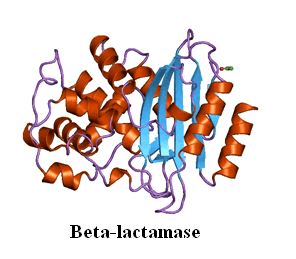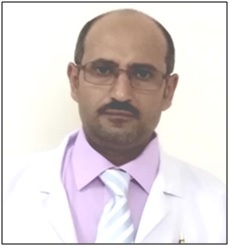THE PREVALENCE AND PHENOTYPIC CHARACTERIZATION OF EXTENDED-SPECTRUM β-LACTAMASES-PRODUCING ESCHERICHIA COLI STRAINS ISOLATES RECOVERED FROM TERTIARY HOSPITALS IN SANA'A CITY, YEMEN
Keywords:
Characterization of ESBL, CLSI confirmatory test, Double-disk synergy test (DDST), ESBL producing Escherichia coliAbstract
Objective: The emergence of ESBL producing Escherichia coli in clinical isolates is posing a serious threat for treating nosocomial infections. The aim of the study was to determine the frequency of extended spectrum β-lactamase (ESBL) producing Escherichia coli isolated from clinical specimens in several teaching and general hospitals in Sana'a city, Yemen, and to compare the phenotypic methods used for the characterization of ESBL producing strains.
Methods: This cross sectional observational study was conducted from 1st July to 28th of August 2017, at the Department of Medical microbiology, Faculty of Medicine and Health Sciences, University of Sciences and Technology in Sana'a city, Yemen. A total number of 3500 various clinical samples were analyzed during the study period. Escherichia coli were identified using API 20E system and ESBL detection was carried out using double-disk synergy test (DDST) and CLSI confirmatory test. Escherichia coli were isolated from 100 samples, out of which 63 (63%) were ESBL producers and 37 (37%) were non-ESBL producers. The gender distribution of ESBL producing Escherichia coli was 35/45 (77.8%) in males and 28/55 (50.9%) in females.
Results: Highest frequency of ESBL producing Escherichia coli was detected in sputum (100%), wounds (83.3%) and urine (65.7%) samples. Comparison of DDST and CLSI confirmatory test showed that 65 (65%) isolates were characterized by DDST and 63 (63%) using CLSI confirmatory test. All ESBL-positive isolates were susceptible to imipenem, indicating that this agent is the best drug for treating serious infections caused by ESBL-producing E. coli.
Conclusion: In conclusion, the present study shows moderately high frequency of ESBL producing Escherichia coli among patients suffering from sepsis in tertiary hospitals in Sana'a city. DDST was found to be less efficient in ESBL detection as compared to CLSI confirmatory test.

Peer Review History:
Received 3 October 2018; Revised 11 November; Accepted 25 December; Available online 15 January 2019
Academic Editor: Dr. Gehan Fawzy Abdel Raoof Kandeel , Pharmacognosy Department, National Research Centre, Dokki, 12622, Giza, Egypt, gehankandeel9@yahoo.com
, Pharmacognosy Department, National Research Centre, Dokki, 12622, Giza, Egypt, gehankandeel9@yahoo.com
Reviewer(s) detail:
Dr. A.A. Mgbahurike , University of Port Harcourt, Nigeria, amaka_mgbahurike@yahoo.com
, University of Port Harcourt, Nigeria, amaka_mgbahurike@yahoo.com
Dr. Asia Selman Abdullah , Al-Razi university, Department of Pharmacy, Yemen, asia_abdullah65@yahoo.com
, Al-Razi university, Department of Pharmacy, Yemen, asia_abdullah65@yahoo.com
Downloads

Published
How to Cite
Issue
Section

This work is licensed under a Creative Commons Attribution-NonCommercial 4.0 International License.









 .
.